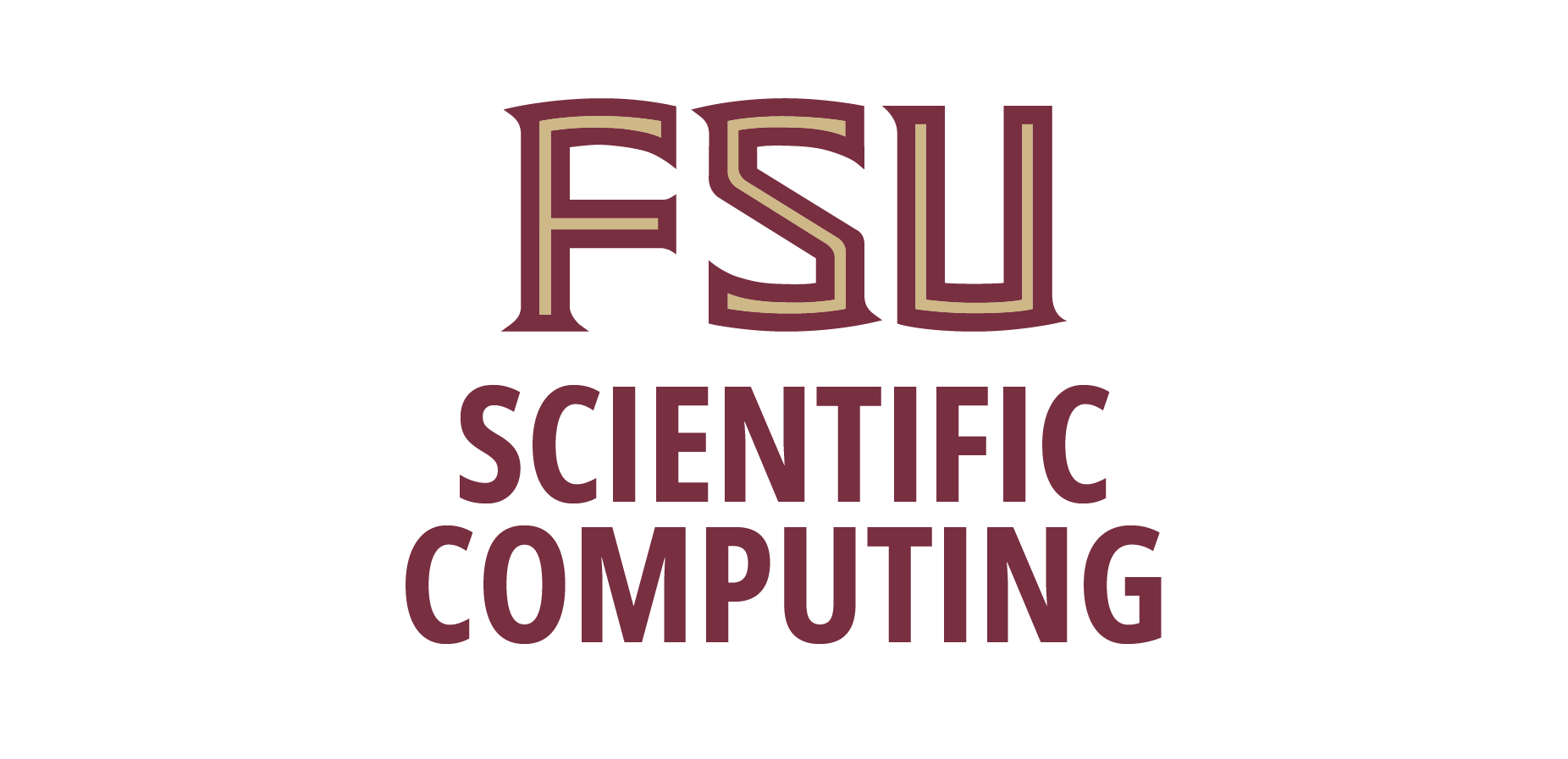Department of Mechanical Engineering, University of New Mexico
"Direct Numerical Simulation of a Spatially-Developing Turbulent Mixing Layer"
, Melvin Stern Seminar/Reading Room, 18 Keen Building
Abstract:
Understanding spatial development of a turbulent mixing layer is essential for many applications. However, multiple factors affect the physics of this flow, making it difficult to replicate experiments, either physical or numerical. Direct numerical simulation (DNS) allows for more control over the simulation inputs and is free from modeling assumptions. This makes the method attractive for studying the flow physics. However, the cost of DNS complicates such an analysis and also that of the generated data accuracy. In our study, a thorough sensitivity analysis of simulations was conducted before collecting the flow statistics. To reduce uncertainty in the simulation results, no artificial perturbations were introduced to trigger the flow transition to turbulence. Flow conditions in the simulations were based on those from the experiments by Bell & Mehta (1990), where a mixing layer was obtained from two untripped boundary layers formed on both sides of a splitter plate. The simulation domain was long enough to reach a self-similar region. Statistics were collected up to the fifth-order velocity moments. The simulations were conducted using the spectral-element code Nek5000. This study is a collaboration between the University of New Mexico, Arizona State University, and NASA Ames Research Center.

